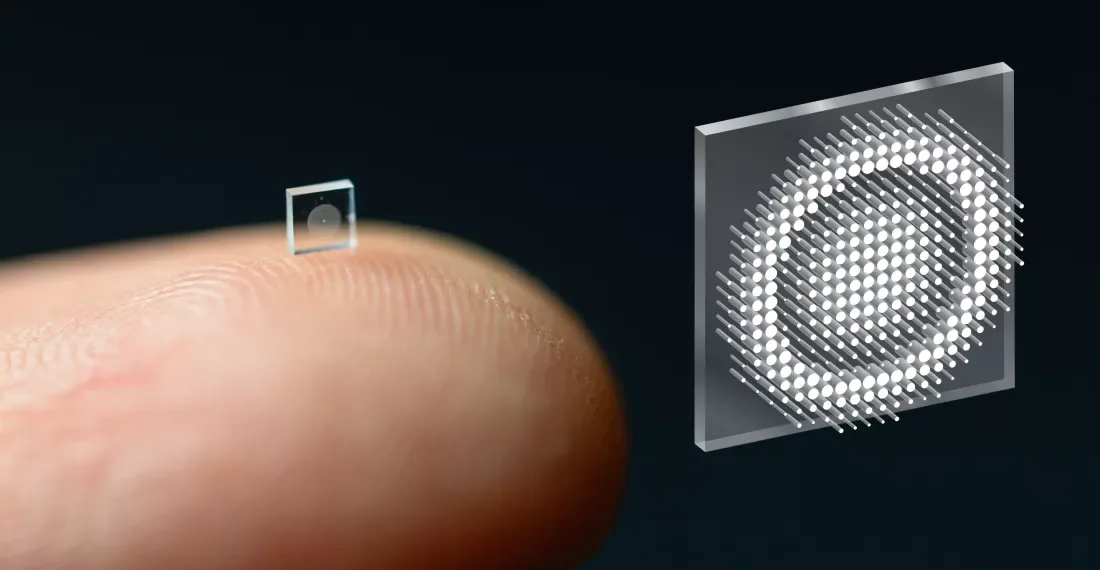Princeton and University of Washington researchers have created a camera the size of a coarse grain of salt. Typically, tiny cameras generate poor image quality. This group of experts, on the other hand, has discovered a means to produce clear full-colour images similar to normal cameras 500,000 times the size.
When compared to earlier state-of-the-art technology, the camera uses image hardware and computer processing to generate amazing results. The main invention is a technique known as a “metasurface.”
A set of bent lenses in classic cameras concentrate light rays into a picture. A metasurface, which may be manufactured in the same way as integrated circuits, is just half a millimeter across and has 1.6 million cylindrical posts. These microscopic columns are about the size of a human immunodeficiency virus.
According to Phys.org, “each post has a unique shape and operates as an optical antenna.” “It is required to vary the design of each post to accurately shape the overall optical wavefront.”
Machine learning-based algorithms analyze data from the posts’ interactions with light and produce photos with the highest quality and the largest field of view of any comparable metasurface camera produced to date.
Previous cameras of this sort also needed pure laser light and other laboratory conditions to generate a picture. This gadget can take photographs with natural light since its optical surface is combined with the signal processing algorithms, making it more practical. The researchers want to utilize it in non-invasive medical operations and as miniature sensors for small robots.
The scientists compared images obtained using their technology to those captured using earlier methods, and the results were night and day (image above). They also compared it to a standard camera with a compound optic of six refractive lenses, and the photos were equivalent, except for some blurring around the corners.
“It’s been a challenge to design and configure these little microstructures to do what you want,” said Princeton PhD student Ethan Tseng, who co-led the study published in Nature Communications. “For this specific task of capturing large field of view RGB images, it’s challenging because there are millions of these little microstructures, and it’s not clear how to design them optimally.”
They used a computer simulation to evaluate several nano-antenna designs to determine out the best settings. Developing a model with 1.6 million postings, on the other hand, can use “huge” amounts of RAM and time. As a result, they scaled down the simulation to appropriately reflect the picture rendering capabilities of the metasurface.
The team’s next objective is to improve the technology’s computing capabilities. They aim to improve image quality, but they also want to include object identification and other sensing capabilities to make the camera suitable for medical and commercial applications.
Endoscopy and robotics, as previously indicated, are only two examples of practical uses for metasurfaces. A potentially more fascinating application would be to reduce the camera hump on smartphones.
“We could turn individual surfaces into cameras that have the ultra-high resolution, so you wouldn’t need three cameras on the back of your phone anymore, but the whole back of your phone would become one giant camera,” said Felix Heide, the study’s senior author and an assistant professor of computer science at Princeton. “We can think of completely different ways to build devices in the future.”








